The Chronicle

Mashudu Netsianda, Senior Reporter
MASSIVE waterworks initiated by Government and its partners have resulted in the installation of new pumping equipment, rehabilitation of water and sewer treatment plants in Bulawayo, with the Lake Gwayi-Shangani project expected to permanently address the city’s perennial water challenges.
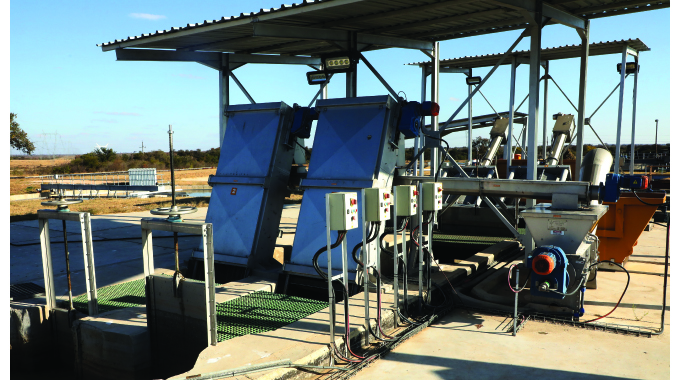
Government in partnership with the African Development Bank (AfDB) injected US$37 million under the Bulawayo Water and Sewerage Services Improvement Project (BWSSIP) to improve municipal water supply and sanitation services through the rehabilitation of the city’s water supply system.
A top council engineer yesterday said the BWSSIP managed to stabilise the water situation in Bulawayo, with the situation set to further improve when water from Gwayi-Shangani finally arrives in the city.
The BWSSIP project started in September 2015 and is set to end this month, but the Bulawayo City Council (BCC) wants the programme to be extended by three more months.
New pumps were installed at a cost of US$7,5 million.
The increased raw water capacity from the Flowserve pumps coupled with the refurbished Criterion Water Treatment Works is assisting Bulawayo to deliver water to its 165 suburbs.
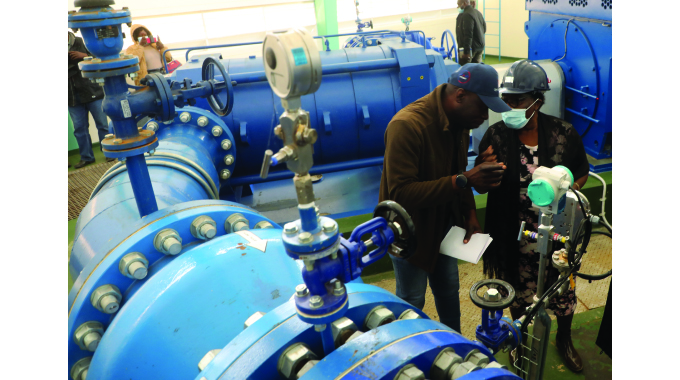
On the other hand, the construction of Lake Gwayi-Shangani and laying of the 245KM Gwayi-Shangani-Bulawayo pipeline is expected to address the city’s water problems.
Contractors at Lake Gwayi Shangani are now working night shifts to ensure the construction of the dam wall is completed this month.
Chinese engineers, China Water and Electric Corp won the tender to construct Lake Gwayi-Shangani and the Zimbabwe National Water Authority (Zinwa) is in charge of the project.
Briefing Bulawayo Provincial Affairs and Devolution Minister Judith Ncube during her tour of the city’s devolution and BWSSIP projects yesterday, the acting director of Engineering Services, Engineer Sikhumbuzo Ncube, said tremendous progress has been made in terms of addressing the city’s water challenges under the BWSSIP with 95 percent of the work having been completed.
“We got US$37 million from African Development Bank and Government with the bank contributing US$33,4 million while the remainder came from Government.
We managed to acquire new water pumping equipment worth US$7,5 million,” he said.
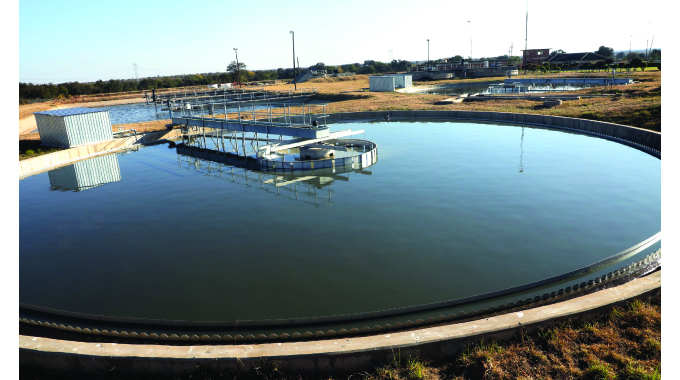
“Most of the equipment was not working and there is now efficiency in the water treatment system in sense that we have now motorised the water treatment process, which in the past was done manually.”
Eng Ncube said they installed soft starters at Inyankuni pump station at a cost of US$2 million and replaced six water supply pump sets at Ncema and Fernhill booster pump stations.
Under programme, the Criterion Water Treatment Plant was rehabilitated at a cost of US$1,1 million. The Southern Areas Sewer Treatment Plant (SAST) waste water treatment plant was rehabilitated at a cost of US$2,5 million.
“The other key project under the BWSSIP is the rehabilitation of outfall sewers at Southern Areas Sewer Treatment (SAST) waste water treatment plant and a lot of money was invested.
Under this programme we managed to refurbish the 15 megalitres plant and it now has a capacity to treat 21 megalitres of waste water,” he said.
“ZPC (Zimbabwe Power Company) is interested in refurbishing the old Khami water treatment plant, but that plant needs water from SAST and therefore once we commission it, we can now supply treated sewage into Khami Dam, which is less polluted and easier to treat.”
Eng Ncube said the BWSSIP managed to stabilise the water situation in Bulawayo.
“This project has stabilised what could have been a disaster in terms of water supply and we are grateful to the Government and the African Development Bank for their interventions.
We had KSB pumps installed in the 1940s and you can imagine in the event that those pumps break down, getting spare parts would be a challenge,” he said.
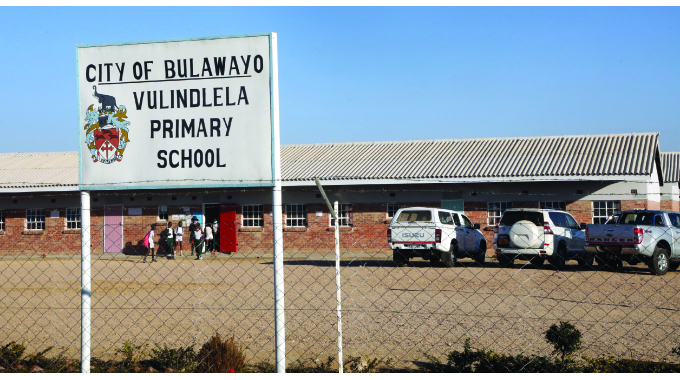
The KSB pumps which were installed more than 70 years ago were constantly breaking down thus costing council more in terms of routine maintenance.
“The impact of not pumping downstream to the residents means long days of not having water.
We have now put new equipment, which is pumping continuously without any breakdown and we also have standby pumps, which can continue giving us water,” he said.
Bulawayo requires 165 megalitres of water daily, but due to a sharp decline in water levels at the city’s supply dams, it is currently pumping 155 megalitres.
BCC recently introduced a citywide 24-hour water shedding programme, as its supply dam levels continue to decrease amid increasing demand.
Only Bulawayo city centre, industry and mines are exempt from water shedding.
The water shedding programme came as BCC is set to decommission Umzingwane Dam due to low inflows during the 2021/22 rain season.
Bulawayo draws water from Inyankuni, Insiza, Upper Ncema, Lower Ncema, Mtshabezi and Umzingwane dams as well as Nyamandlovu and Epping Forest aquifers.
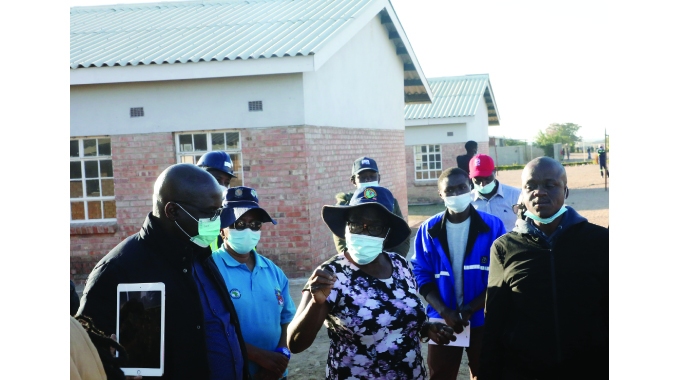
Eng Ncube said upon completion, the Lake Gwayi-Shangani project will complement their efforts as it will bring more water to the city.
“In terms of water from the Lake Gwayi-Shangani, we are working together with Zinwa and Government and council has been co-opted into the committee tasked with this project.
If the Lake Gwayi-Shangani comes onboard, the city will have 50 years of no water shedding and our generation will not witness water shedding,” said Eng Ncube.
“The master plan of the city of Bulawayo commissioned in 2012 also complements that idea and is commensurate with the Government’s vision of ensuring that Bulawayo is supplied with water.”
In terms of BCC’s master plan, the council has a deficit of US$600 million for it to meet the city’s infrastructural requirements.
Under the master plan, it is envisaged that a treatment plant would be constructed in Cowdray Park.
“The Cowdray Park treatment plant will treat water and deliver at least 80 megalitres to Magwegwe Reservoir while under the second phase, we take the remainder of 220 megalitres from Lake Gwayi-Shangani and pump into Criterion, which will become the centre of the water treatment in the city,” said Eng Ncube.
He said under the BSSWIP, at least 171 km of pipes were upgraded and renewed while 8 106 residential meters and about 65 zone meters were installed
“In Cowdray Park, 12,5km of new sewer pipes were also laid for the benefit of Hlalani Kuhle houses.
This project has brought in a new lease of life and if we had not secured this funding the city would have been a worse situation than now,” said Eng Ncube.
“As the city continues to grow more water will be needed.’
Minister Ncube also toured Vulindlela Primary School in Cowdray Park where four classroom blocks were constructed and completed by council at a cost of $114 million using devolution funds.
Minister Ncube said she was impressed with projects being undertaken by council under devolution and BSSWIP.
“Today, I managed to tour several projects which are being implemented by council and am quite impressed with progress.
We visited the water works and there is a lot of progress although there were slight delays that affected the projects due to Covid-19, which has forced council to seek an extension of the BSSWIP projects,” she said.
“At Vulindlela Primary School, they managed to construct four classroom blocks while the fifth one is underway.
They also want to put up double storey classroom block.”
BCC spokesperson Mrs Nesisa Mpofu said council rehabilitated Thorngrove Hospital using devolution funds.
So far, the isolation unit, kitchen and laundry were refurbished at a cost of $140 million through devolution funds.
She said they also managed to reseal the Nketa drive at a cost of $18 million.–@mashnets
Article Source: The Chronicle
